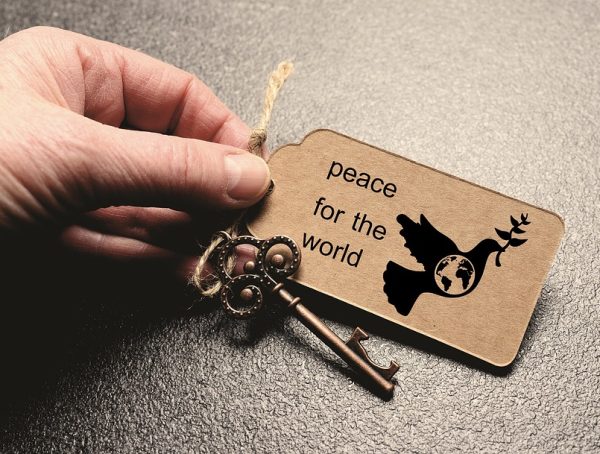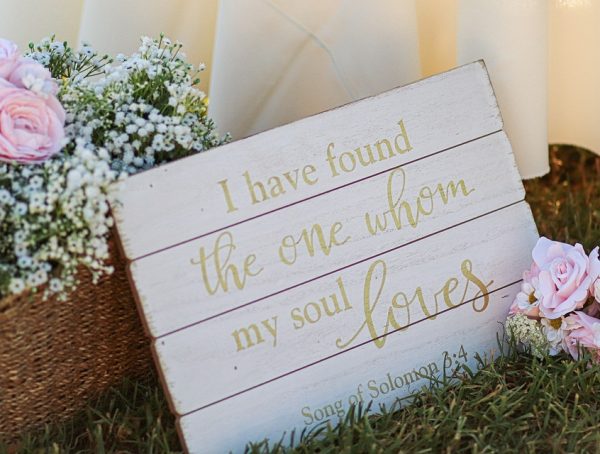Analyzing the Symbolism Behind Inner Peace Images
In an age characterized by hustle, stress, and unending noise, the pursuit of inner peace has become paramount. Artists, designers, and contemplatives alike have often turned to visual imagery as a medium to communicate the profound concept of tranquility. But what does each image represent? How does it guide us toward inner peace? By analyzing the symbolism behind these visuals, we can not only enrich our understanding of inner peace but also cultivate it more effectively in our everyday lives.
Common Symbols of Inner Peace
1. Water
Water is perhaps the most universally recognized symbol of peace. The serenity of a still lake, the gentle ripple of a brook, or the calming sound of ocean waves resonates with many as embodiments of tranquility. Water is often viewed as a metaphor for emotional healing, introspection, and the ability to flow through life’s challenges without becoming rigid or overwhelmed.
Action Step:
Seek out moments of tranquility by spending time near natural water bodies, whether it’s a lake, river, or ocean. Incorporate the experience of water into your meditative practices. When overwhelmed, visualize a flowing river, allowing your thoughts to drift away like fallen leaves carried by the current.
2. Nature
Natural landscapes—mountains, forests, and open skies—often symbolize stability, growth, and expansiveness. The quiet strength of a mountain, for instance, fosters the sense of grounding and resilience. Flowers, particularly lotus flowers, represent beauty that arises from murky waters, emphasizing that inner peace can flourish even amidst chaos.
Action Step:
Plan a local hike or walk in nature, focusing on the colors, textures, and sounds around you. Use this time for mindfulness, allowing nature to serve as a backdrop for self-reflection. Consider keeping a nature journal to document your observations, encouraging deeper connections with your surroundings.
3. Light and Darkness
The interplay of light and darkness is often utilized to represent the balance between inner turmoil and peace. Light signifies clarity, hope, and revelation, while darkness represents uncertainty and introspection. Together, they signify the duality of human experience—the harmony achieved when we accept both joy and sorrow.
Action Step:
Create a visual diary by drawing or collecting images that resonate with your personal experiences of light and dark. Reflect on these moments and how they have shaped your journey toward inner peace. This could involve journaling about how embracing your shadows leads to greater self-compassion.
4. Mandalas
Mandalas are intricate geometric designs that symbolize wholeness and unity. Often used in spiritual traditions, they reflect the interconnectedness of life and the movement toward a centered, balanced self. The act of creating or coloring mandalas can serve as a form of meditation, helping to promote focus and alleviating anxiety.
Action Step:
Spend time coloring or creating your own mandala. Focus on the process and the patterns that emerge, treating it as a meditation rather than a final product. Consider setting aside time at least once a week to engage in this artistic mindfulness practice.
5. The Zen Circle (Enso)
The enso, or Zen circle, represents enlightenment, strength, and the beauty of imperfection. It signifies the space between fullness and emptiness and reminds us that the journey toward inner peace is an ongoing process. The open circle suggests that completeness isn’t a destination but a continuous cycle.
Action Step:
Practice creating an enso. Use a brush, pen, or marker to draw the circle in one fluid motion. Remind yourself not to strive for perfection; instead, embrace the beauty of its imperfections as a representation of your unique journey.
6. Birds
Birds, particularly doves, are often seen as messengers of peace and freedom. Their soaring movement in the sky represents the ability to rise above turmoil and seek clearer perspectives. Birds symbolize the freedom of thoughts and emotions when they are allowed to flow uninhibitedly.
Action Step:
Observe local birds in your environment for a few minutes each day. Take note of their behavior and how they navigate the skies. Use this observation as a reminder of your own capacity for freedom and adaptability during challenging moments.
Putting It All Together
By looking closely at the symbolism behind images that resonate with inner peace, we can cultivate more meaningful practices in our lives. These images serve as visual reminders of our potential for tranquility, whether we find this serenity in nature, art, or the very act of reflection.
As you embark on your journey to inner peace, consider creating a vision board featuring images that resonate with you. Include elements from the symbols discussed here, reinforcing your intentions and guiding you toward balance, tranquility, and self-discovery.
Final Thoughts
Let us never underestimate the power of imagery in shaping our perceptions and experiences. By consciously inviting these symbols into our lives, we can foster environments that encourage inner peace and emotional well-being.
If you enjoyed this content and want to keep receiving insightful reflections on mindfulness, motivation, and personal growth, consider following Kevin Steineman on Instagram @KSteineman. Join a community that encourages positivity and self-discovery!
“Peace cannot be kept by force; it must be achieved through understanding.” – Albert Einstein
You might also like
More from Mindfulness
Where Peace Resides: Nature Quotes for Stillness
Where Peace Resides: Nature Quotes for Stillness In a world of incessant noise and relentless activity, finding moments of tranquility can …
A Collection of 35 Short Peace Quotes for Everyday Life
A Collection of 35 Short Peace Quotes for Everyday Life In the hustle and bustle of modern life, it’s easy to …
30 Short Quotes That Will Bring You Inner Peace
30 Short Quotes That Will Bring You Inner Peace In the hustle and bustle of everyday life, finding inner peace can …


































